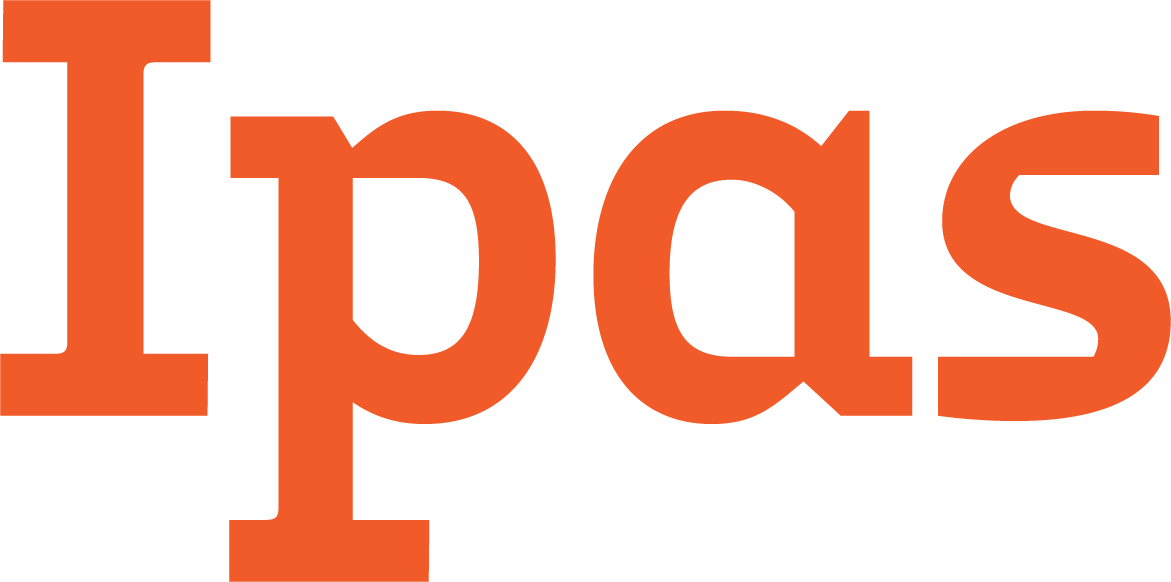Can women accurately self-assess their eligibility for medical abortion? New research from Nepal indicates that, with some simple guidance, they can—a finding with broad implications for the growing question of how much medical oversight of the medical abortion process is needed.
The study, published in the journal PLOS ONE, is the first to examine women’s ability to self-determine eligibility for medical abortion (abortion with pills) using a toolkit consisting of a gestational dating wheel and a checklist. More than 3,100 women and 165 female community health volunteers participated in the study, which evaluated their ability to use the toolkit accurately, compared to receiving care from health providers trained in comprehensive abortion care.
The toolkit consisted of a modified gestational wheel for determining if the length of the pregnancy was under the limit for medical abortion drugs to be effective when used at home, and a checklist to determine if the woman had a contraindication to the medical abortion drugs. The participating women were pregnant, seeking abortion services at a health facility, and able to read and write in Nepali.
Findings from the study are striking:Women and FCHVs accurately interpreted the gestational wheel 96 percent of the time, and FCHVs used the checklist accurately 95 percent of the time. Women, however, had more difficulty with the checklist, using it accurately only 72 percent of the time. While more than 550 women identified themselves as having a potential medical contraindication to medical abortion drugs, they went on to incorrectly identify themselves as eligible for medical abortion. In fact, the study notes, fewer than one percent of the women participating in the study had true contraindications.
Kathryn Andersen, Ipas senior director for innovation and technical excellence and lead author of the study, says the findings provide important new evidence for health professionals, policy makers, researchers and others involved in the effort to make medical abortion more accessible to women. “Widespread use of a toolkit that provides simple guidance has the potential to greatly increase women’s access to safe abortion—especially in rural areas where access to safe abortion services in a health facility is limited,” she says, “These initial results are promising, and we recommend that future research focusing on refining the toolkit, especially the checklist, so that women are even more successful in identifying their eligibility.”
Broader implications
Dr. Emily Jackson, an Ipas consultant and one of the co-authors of the study, says the extraordinary safety and efficacy of mifepristone-misoprostol medical abortion up to 10 weeks of pregnancy, combined with its ease of use, has led many in the global reproductive health field to question how much medical oversight of the medical abortion process is actually needed.
“The World Health Organization has called for research to document the safety and effectiveness of moving medical abortion to lower levels of the health system—particularly among cadres of health care providers with less training, including lay providers and even women themselves. Our study offers some useful evidence in that area,” she says. “We found that the FCHVs, who are minimally trained community health volunteers, actually performed a little better with the toolkit than the women did, probably because they had more practice and training with the tools.”
But, she adds, whether women self-assess their eligibility or do so with the help of a lay health worker in their community, the goal is to help women access safe abortion—especially women who live in areas where there is no abortion provider or no health provider at all.
“What’s exciting about this study,” Jackson says, “is that it suggests that, with some simple guidance, women, no matter where they live, could access the life-saving technology of medical abortion, which is 98 percent effective and has a complication rate of less than one percent. The formal medical community needs to reflect on this data.”
Related reading
Could women safely buy and use abortion pills without ever seeing a health provider?
For more information, contact [email protected]


